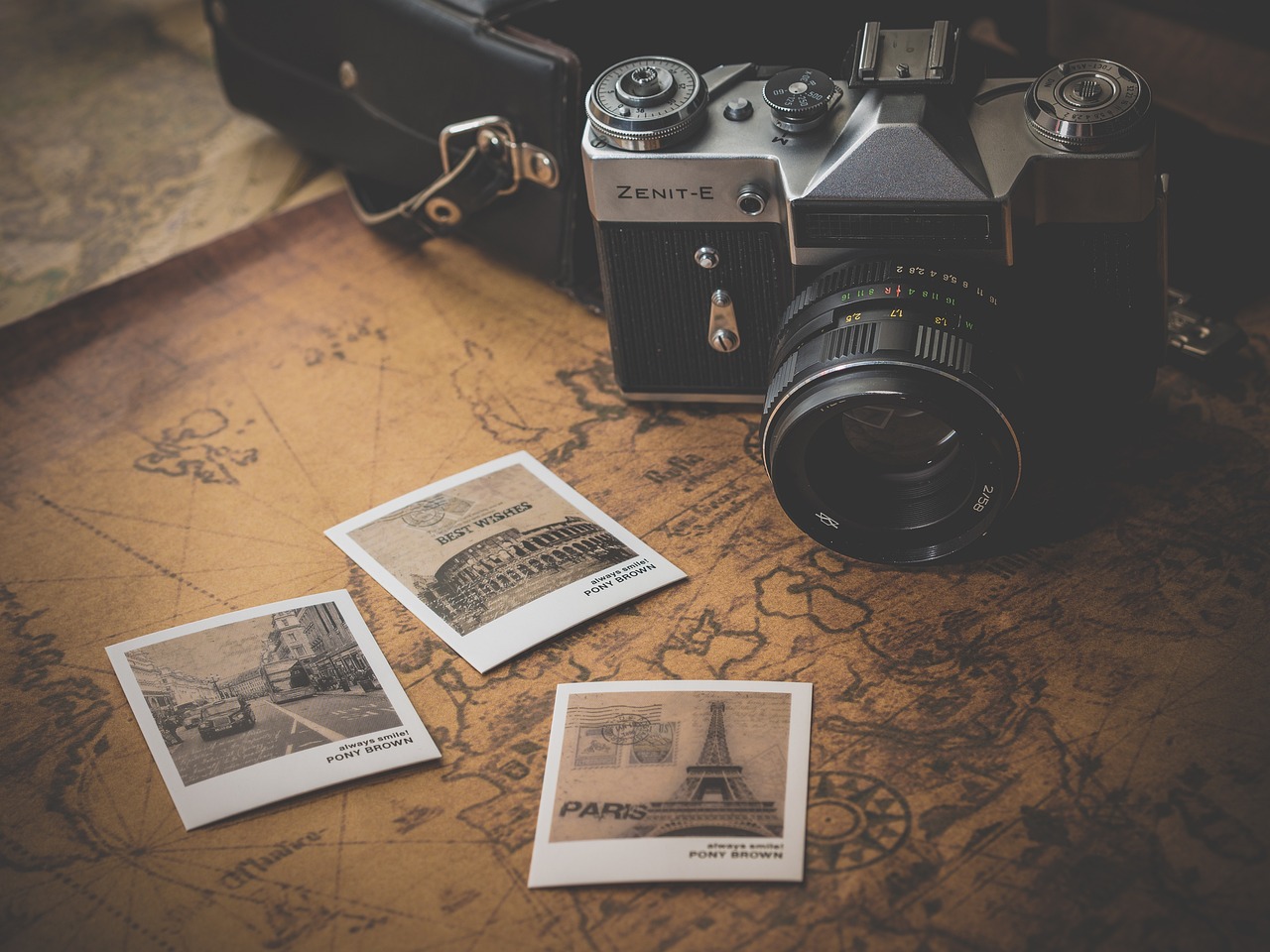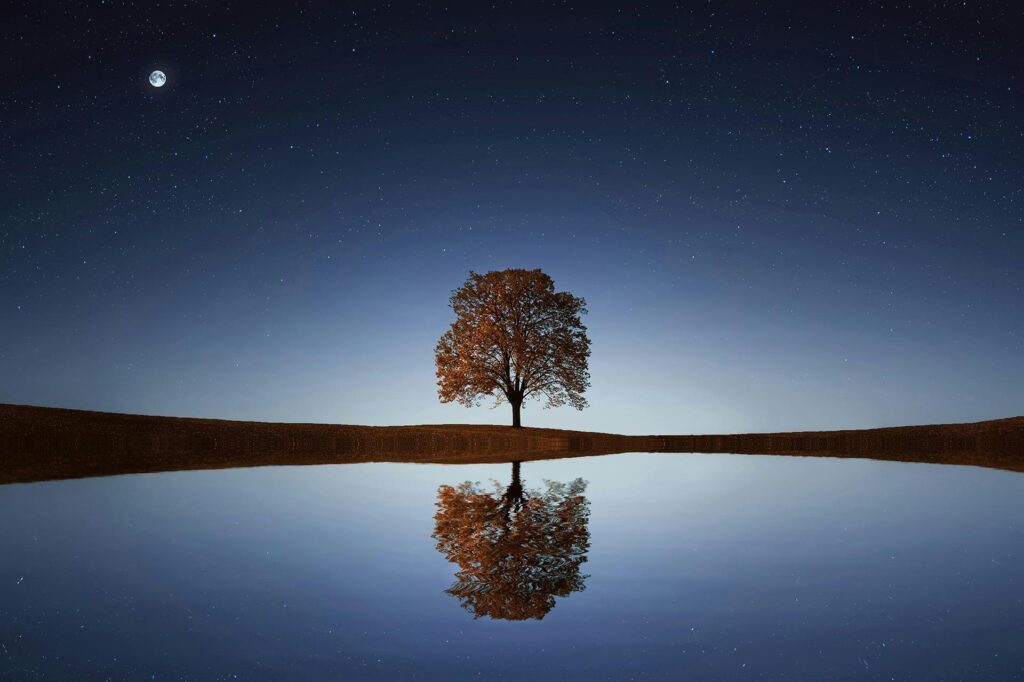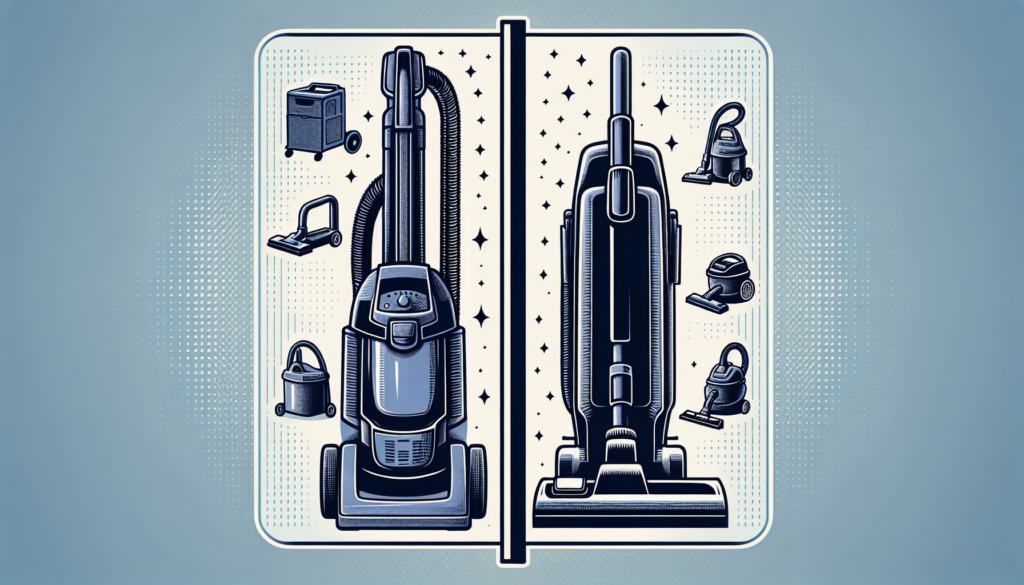Looking to buy a new digital camera but not sure where to start? Look no further! BuySellCloud.com is here to provide you with expert buying guides that will help you make informed shopping decisions. Our comprehensive product insights and tips will ensure that you find the perfect digital camera to suit your needs. From understanding key features to comparing different models, we’ve got you covered. So before you make a purchase, let us help you discover what you need to know about buying a digital camera.
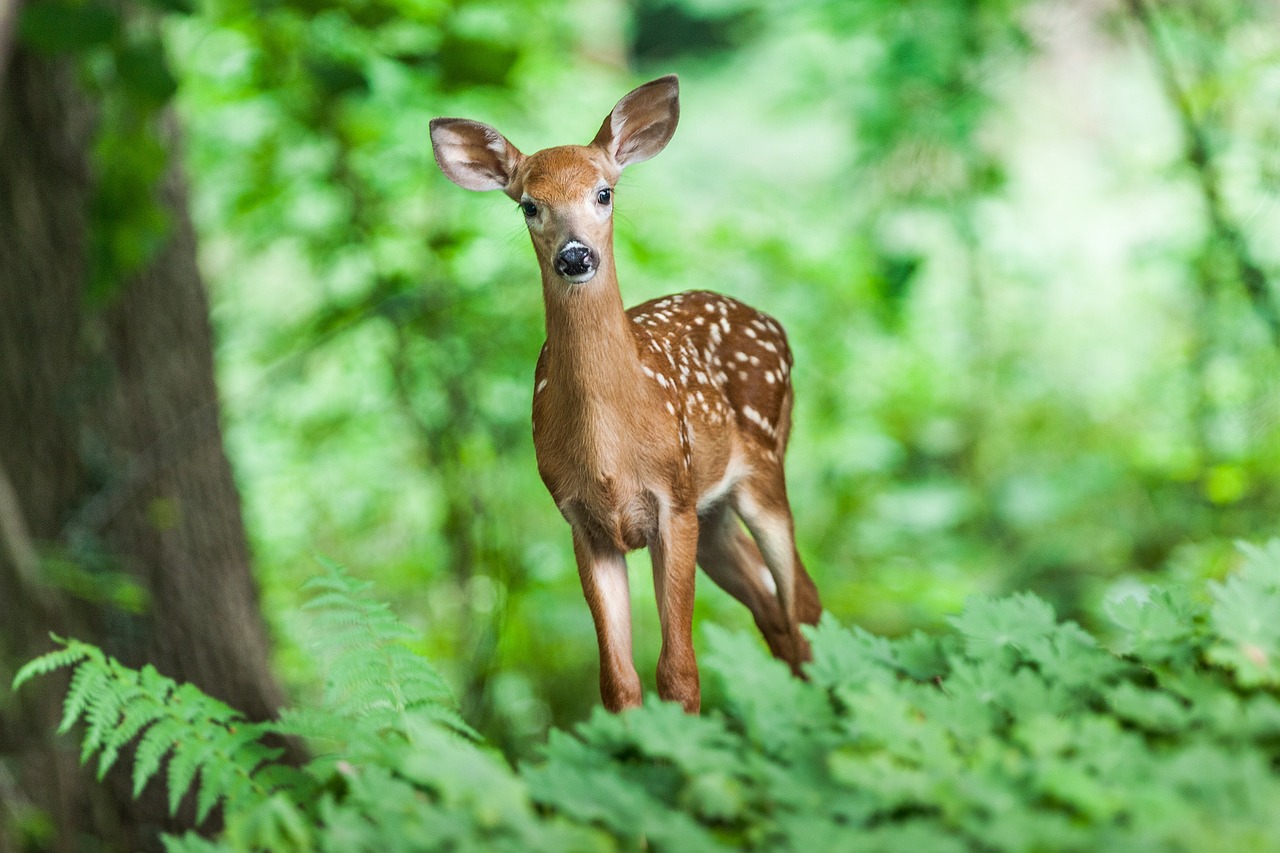
Types of Digital Cameras
Point-and-Shoot Cameras
Point-and-shoot cameras are compact and user-friendly, making them a popular choice for casual photographers or beginners. These cameras are designed to be simple and convenient, with automatic settings that allow you to simply point, shoot, and capture great images. Point-and-shoot cameras typically have a fixed lens and are lightweight, portable, and easy to carry around. They are perfect for everyday photography, family events, or capturing moments on the go.
Mirrorless Cameras
Mirrorless cameras, also known as compact system cameras (CSC), are gaining popularity for their advanced features and versatility. These cameras offer interchangeable lenses, similar to DSLRs, but without the bulky mirror mechanism found in traditional DSLRs. Mirrorless cameras are known for their compact and lightweight designs, making them a great option for travel and street photography. They also offer great image quality and advanced autofocus systems, making them suitable for both amateurs and professionals.
Digital Single-Lens Reflex (DSLR) Cameras
DSLR cameras have long been the gold standard for professional photographers and photography enthusiasts. These cameras use a mirror and prism system to direct light from the lens to the optical viewfinder. DSLRs offer excellent image quality, full manual controls, and the ability to change lenses, giving photographers a wide range of creative options. They are known for their fast autofocus systems, extensive ISO range, and durability. DSLRs are perfect for capturing professional-quality images, wildlife photography, sports events, and more.
Action Cameras
Action cameras are specifically designed for capturing high-quality videos and photos in extreme conditions. These cameras are compact, lightweight, and rugged, making them ideal for outdoor adventures, sports activities, or travel documentaries. Action cameras are typically waterproof, shockproof, and equipped with advanced image stabilization technology, ensuring that your footage remains steady and clear. They are also known for their wide-angle lenses and wide dynamic range, allowing you to capture immersive and dynamic shots even in challenging environments.
Bridge Cameras
Bridge cameras are a hybrid between compact point-and-shoot cameras and DSLRs. These cameras offer a fixed lens with a wide zoom range, making them versatile for different photography styles. Bridge cameras are known for their user-friendly interfaces and manual controls, allowing beginners to experiment with advanced settings and techniques. They are a great option for those who want more control over their photography without the need to invest in multiple lenses. Bridge cameras are suitable for everyday photography, wildlife, travel, and more.
Image Sensor
CMOS vs CCD Sensors
The image sensor is the heart of a digital camera, responsible for capturing light and converting it into a digital image. There are two main types of image sensors used in digital cameras: CMOS (Complementary Metal-Oxide-Semiconductor) and CCD (Charge-Coupled Device). CMOS sensors are more commonly found in modern digital cameras due to their lower power consumption, faster readout speeds, and better noise performance at high ISO settings. On the other hand, CCD sensors are known for producing higher image quality with better color accuracy and dynamic range.
Sensor Size
The size of the image sensor plays a crucial role in image quality. Generally, larger sensors tend to yield better image quality, especially in low-light conditions. The most common sensor sizes in digital cameras are APS-C (Crop Sensor), full-frame, and medium format. APS-C sensors are found in many entry-level and mid-range DSLRs and mirrorless cameras, offering a good balance between image quality and affordability. Full-frame sensors, found in high-end DSLRs and mirrorless cameras, provide superior image quality, better low-light performance, and wider dynamic range. Medium format sensors, used in professional cameras, offer the highest image quality and dynamic range, making them ideal for commercial and studio photography.
Megapixels
While megapixels alone do not determine image quality, they play a role in determining the level of detail and resolution of your photos. Higher megapixel cameras can produce larger prints without loss of quality and allow for more flexibility when cropping or editing images. However, for everyday photography, lower megapixel cameras can still deliver excellent results. It’s important to strike a balance between megapixels, sensor size, and the intended use of your photographs.
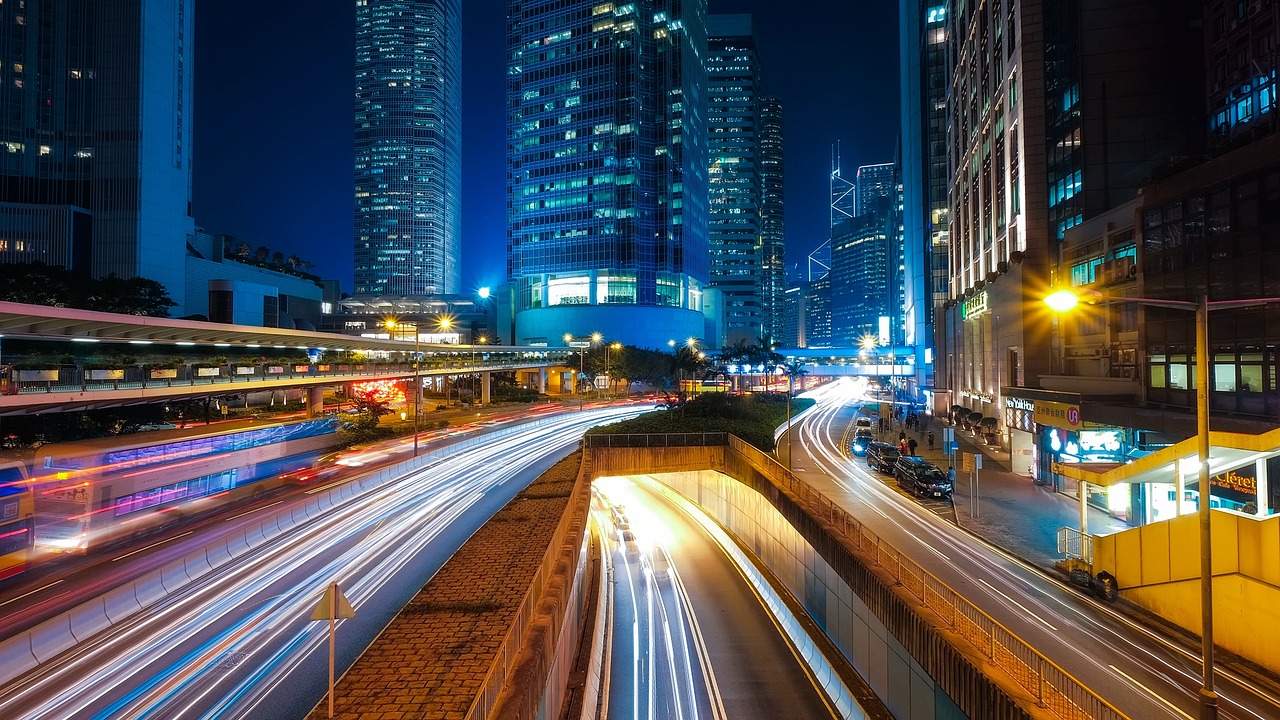
Lens Options
Fixed Lens vs Interchangeable Lens
The choice between a fixed lens camera and an interchangeable lens camera depends on your specific needs and photography style. Fixed lens cameras, as the name suggests, come with a built-in lens that cannot be changed. These cameras are compact, portable, and perfect for everyday photography. They offer the convenience of not having to carry extra lenses and are great for those who prefer a simpler shooting experience.
On the other hand, interchangeable lens cameras, such as DSLRs and mirrorless cameras, allow you to change lenses to suit different shooting situations. This gives you the flexibility to choose from a wide range of lenses, including wide-angle, telephoto, macro, and more. Interchangeable lens cameras are ideal for photographers who want more control over their compositions, depth of field, and creative options.
Zoom Range
The zoom range of a camera lens determines how close or far you can zoom in on a subject. Cameras with a larger zoom range offer more flexibility, allowing you to capture a wide range of subjects from various distances. This is particularly useful for travel photographers or wildlife enthusiasts who need to capture faraway subjects. However, it’s important to note that larger zoom ranges often come at the expense of image quality, especially at the extreme ends of the zoom range. It’s essential to choose a camera with a zoom range that suits your specific needs and photography preferences.
Aperture
The aperture of a camera lens controls the amount of light that enters the camera, as well as the depth of field in a photograph. Aperture is measured in f-stops, and a lower f-stop value means a larger aperture opening, allowing more light to enter the camera. A larger aperture is beneficial in low-light conditions, as it allows you to use faster shutter speeds and capture well-exposed images. Additionally, a larger aperture creates a shallow depth of field, separating the subject from the background and creating a pleasing bokeh effect. Understanding aperture and its impact on your photography will help you achieve the desired results in different shooting situations.
ISO Range
Understanding ISO
ISO refers to the sensitivity of the camera’s image sensor to light. A higher ISO setting makes the sensor more sensitive to light, allowing you to capture properly exposed images in low-light conditions or when using faster shutter speeds. However, increasing the ISO also increases the amount of digital noise in the image, resulting in a loss of detail and image quality. It’s important to find a balance between ISO and image noise to achieve the desired results.
Low Light Performance
The low-light performance of a camera is determined by its ISO range, sensor size, and image processing capabilities. Cameras with larger sensors and wider ISO ranges tend to perform better in low-light conditions, producing cleaner and more detailed images. Additionally, newer camera models often feature advanced noise reduction algorithms and improved image processing, further enhancing low-light performance. If you frequently shoot in challenging lighting conditions, it’s important to consider a camera with good low-light capabilities.
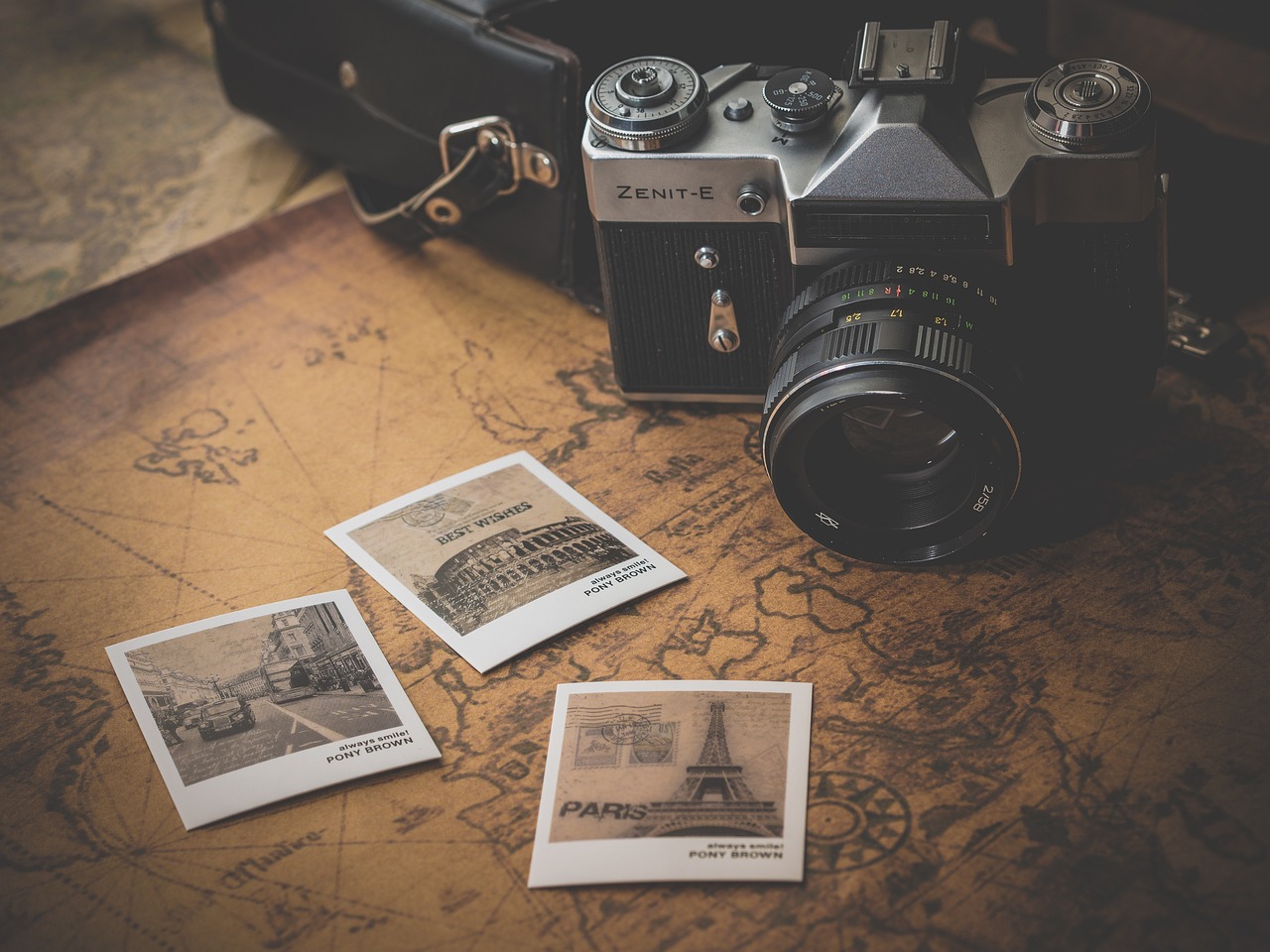
Image Stabilization
Optical Image Stabilization (OIS)
Optical Image Stabilization (OIS) is a feature found in many digital cameras and lenses that helps reduce camera shake and blur caused by shaky hands or movement. OIS works by using gyroscopic sensors to detect camera movement and then compensates for it by moving lens elements or the image sensor. This allows you to capture sharper images and videos, even at slower shutter speeds or in low-light conditions. OIS is particularly useful in situations where a tripod or other stabilizing equipment is not available or practical.
Digital Image Stabilization (DIS)
Digital Image Stabilization (DIS), also known as electronic image stabilization, is another method used to reduce camera shake. Instead of physically moving lens elements or the image sensor, DIS works by using software algorithms to digitally crop and stabilize the image. While DIS can help reduce camera shake to some extent, it may result in a loss of image quality or a narrower field of view. For the best results, it’s recommended to use optical image stabilization whenever possible.
Viewfinder
Optical Viewfinder
Optical viewfinders use a prism and mirror system to reflect the scene directly into the viewfinder, allowing you to see exactly what the lens sees. This provides a clear and natural view of the subject, making it easier to compose your shots and make precise adjustments to the focus and exposure. Optical viewfinders are commonly found in DSLR cameras and offer a lag-free, real-time view of the scene. However, they do not provide a preview of the final exposure or any overlays, such as focus peaking or electronic levels.
Electronic Viewfinder (EVF)
Electronic Viewfinders (EVF) use a small LCD or OLED screen to display a digital representation of the scene in real-time. EVFs offer several advantages, such as overlays for exposure information, histograms, focus peaking, and simulated exposure previews. This allows you to make more informed decisions about your settings and composition while shooting. Some EVFs also offer customizable displays and the ability to review images immediately after capturing them. However, EVFs may suffer from lag or refresh rate issues, and some photographers prefer the optical viewfinder experience.
LCD Screen
Most digital cameras also come with an LCD screen, which can be used as an alternative to the viewfinder for composing and reviewing images. LCD screens are typically larger and offer a more detailed preview of the scene compared to optical or electronic viewfinders. They also provide touch controls for navigating menus, adjusting settings, or selecting focus points. LCD screens are particularly useful for shooting in difficult angles or situations where using a viewfinder is not practical. However, they can be difficult to see in bright sunlight and may drain the battery faster than using the viewfinder.
Auto-Focus (AF) System
Type of AF System
The autofocus (AF) system in a digital camera determines how quickly and accurately the camera can focus on a subject. There are various types of AF systems, including phase detection autofocus (PDAF), contrast-detection autofocus (CDAF), and hybrid autofocus systems that combine the two. PDAF systems are commonly found in DSLRs and some high-end mirrorless cameras, offering fast and accurate autofocus performance, especially when capturing moving subjects. CDAF systems, on the other hand, are known for their precise focusing capabilities, particularly in situations with low contrast or complex scenes. Hybrid autofocus systems aim to combine the benefits of both PDAF and CDAF for optimal focusing performance in different shooting scenarios.
Focus Points
Focus points are specific areas within the camera’s frame where the autofocus system can detect and lock focus on a subject. The number and arrangement of focus points can vary across different camera models. More focus points generally allow for more precise and flexible focusing, particularly when using techniques like tracking moving subjects or off-center compositions. It’s important to consider the number and distribution of focus points, as well as the autofocus performance in different lighting conditions, when choosing a digital camera.
Focus Speed
The focus speed of a camera determines how quickly it can acquire focus on a subject. Fast focus speed is crucial for capturing action shots, sports photography, or any situation where you need to respond quickly to changing scenes. The speed of autofocus depends on several factors, including the type of autofocus system, lens capabilities, and camera’s processing power. It’s important to consider a camera’s focus speed, especially if you plan to shoot fast-moving subjects or in challenging conditions.
Exposure Controls
Shutter Speed
The shutter speed controls the duration that the camera’s shutter remains open, determining how much light enters the camera and how motion is captured in an image. Fast shutter speeds freeze motion and are ideal for capturing action shots or reducing camera shake. Slow shutter speeds allow for longer exposures, capturing motion blur or creating light trails. Understanding shutter speed and how it affects the final image is essential in controlling the exposure and creative intent of your photographs.
Aperture
As mentioned earlier, aperture controls the amount of light that enters the camera, but it also affects the depth of field in a photograph. Aperture values, also known as f-stops, determine the size of the aperture opening. A lower f-stop value (larger aperture) results in a shallower depth of field, blurring the background and isolating the subject. A higher f-stop value (smaller aperture) increases the depth of field, bringing more of the scene into focus. Understanding aperture and its relationship with shutter speed and ISO will allow you to control exposure and creatively manipulate depth of field in your images.
Exposure Compensation
Exposure compensation is a feature that allows you to adjust the camera’s exposure settings without changing the aperture, shutter speed, or ISO. This feature is particularly useful in situations where the camera’s built-in metering system may incorrectly expose the image. By pushing the exposure compensation towards the positive side, you can make the image brighter, while pushing it towards the negative side makes the image darker. Exposure compensation gives you more control over the final exposure, allowing you to achieve the desired brightness or darkness in your photographs.
Manual Mode
Manual mode gives you full control over the camera’s settings, allowing you to manually adjust the aperture, shutter speed, and ISO. This mode is ideal for photographers who want complete creative control and are comfortable making exposure decisions based on the specific lighting conditions. Manual mode is particularly useful in situations with challenging lighting, tricky exposures, or when you want to achieve a specific look or style in your photographs.
Additional Features
Wi-Fi and NFC Connectivity
Many digital cameras now come equipped with Wi-Fi and NFC (Near Field Communication) connectivity options. These features allow you to wirelessly transfer images from your camera to a computer, smartphone, or tablet for easy sharing and backup. Wi-Fi connectivity also enables remote control of your camera using a smartphone or tablet, making it easier to capture self-portraits, group shots, or tricky angles. NFC connectivity allows for quick and seamless pairing with compatible devices by simply tapping the camera and device together.
Video Recording
Most digital cameras today offer video recording capabilities in addition to still photography. The video quality can vary from camera to camera, with factors like resolution, frame rate, and compression affecting the final video output. Some cameras offer advanced video features such as manual exposure control, adjustable frame rates, and even 4K video recording. If capturing high-quality videos is important to you, it’s important to consider a camera with good video capabilities.
Editing and Effects
Many digital cameras now offer built-in editing and effects options that allow you to enhance and stylize your photos right on the camera itself. These features can include filters, cropping, resizing, color adjustments, and more. While these editing options may not replace the capabilities of dedicated photo editing software, they can be convenient for quick edits or sharing images directly from the camera without the need for a computer.
Battery Life
Battery life is an important consideration, especially if you plan to use your camera extensively or in situations where recharging is not easily available. The number of photos you can capture on a single charge varies across different cameras, depending on factors like the type of batteries used, power management settings, and shooting conditions. It’s important to check the battery life specifications of a camera and consider carrying spare batteries or a portable charger for extended shooting sessions.
Storage Options
Digital cameras typically store images and videos on memory cards, with options such as SD, CF, or XQD cards depending on the camera model. The storage capacity you need depends on how frequently you shoot, the resolution of your images, and whether you shoot in RAW format or JPEG. It’s important to have enough storage capacity to avoid running out of space during important moments. Additionally, consider having backup storage options, such as external hard drives or cloud storage, to prevent loss of valuable images.
Budget Considerations
Determining Your Budget
Before purchasing a digital camera, it’s important to determine your budget based on your needs and expectations. Consider how you plan to use the camera, your photography goals, and the features that are most important to you. A higher budget will generally provide access to more advanced features, better image quality, and a wider range of lens and accessory options. However, it’s possible to find cameras that offer great performance and features within more affordable price ranges.
Affordable Options
If you’re on a tight budget or just starting out in photography, there are plenty of affordable options available that still offer good image quality and useful features. Point-and-shoot cameras, entry-level DSLRs, and mirrorless cameras often provide excellent value for money. Look for cameras with decent megapixel count, a range of shooting modes, and a user-friendly interface to get started without breaking the bank. Keep in mind that while these cameras may not have all the advanced features of higher-priced models, they can still produce great images and serve as a stepping stone in your photography journey.
Value for Money
Finding value for money in a digital camera involves considering the overall package, including image quality, build quality, features, and future upgrade potential. You want to ensure that the camera meets your needs and delivers the performance you expect within your budget. Researching and comparing different camera models, reading reviews, and understanding the specific requirements of your photography will help you find the best value for your money. Remember that value is subjective and can vary based on individual preferences and priorities.

